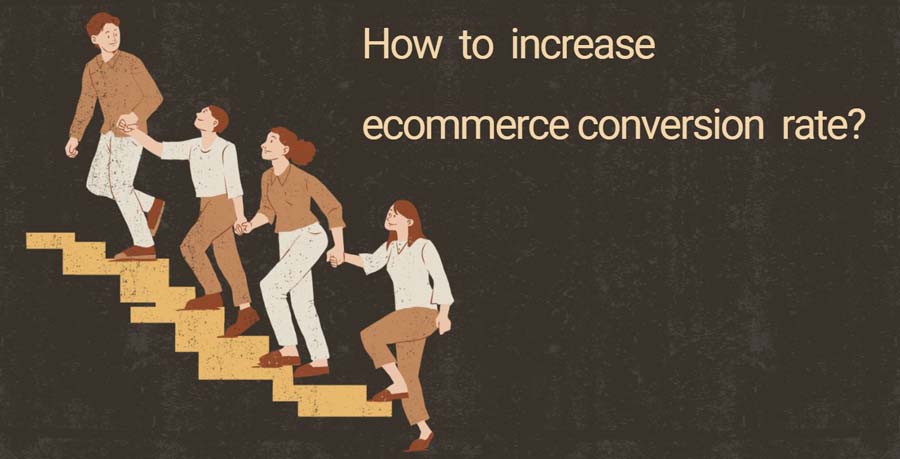
Introduction
Overview of Ecommerce Conversion Rates
Ecommerce conversion rates quantify the percentage of visitors who take a desired action on a website, whether it’s making a purchase, signing up for a newsletter, or another measurable activity. These rates are pivotal as they directly influence an online store’s effectiveness in converting traffic into revenue.
Importance of Conversion Optimization
Conversion optimization is crucial because it maximizes every visitor’s potential to contribute to business goals. It enhances the efficiency of your online presence by improving sales without necessarily increasing traffic. This process not only boosts ecommerce sales but also enhances the shopper’s experience, leading to increased customer loyalty and brand advocacy.
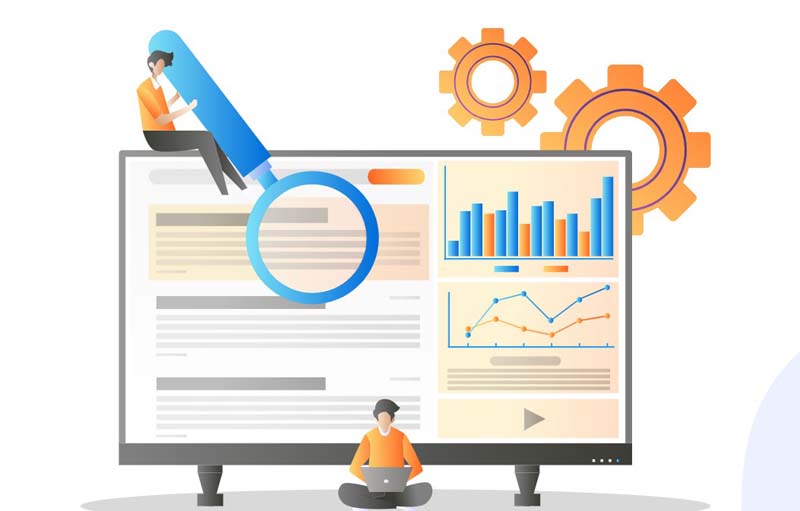
Understanding Conversion Rate Optimization (CRO)
Definition of CRO
Conversion Rate Optimization (CRO) is a systematic approach to increasing the percentage of website visitors who perform a desired action — be that filling out a form, becoming customers, or otherwise. The process involves understanding how users move through your site, what actions they take, and what’s stopping them from completing your goals.
Key Components of Conversion Rate Optimization
CRO encompasses several key components: A/B testing, user feedback, web analytics, and page elements modification. Each component is crucial to diagnosing inefficiencies and uncovering ways to improve the conversion process, ultimately leading to a more robust bottom line.

Data-Driven Insights
Analyzing Ecommerce Analytics
Ecommerce analytics provide a wealth of data on user behavior, traffic flow, and conversion metrics. By diving deep into analytics, businesses can uncover not just how many visitors convert, but why certain visitors do and others don’t. This analysis is fundamental in pinpointing areas that need improvement.
Utilizing Data to Identify Problem Areas
Leveraging data to identify problem areas involves looking at metrics like bounce rate, exit rate, and conversion paths. These metrics reveal the health of specific pages and how effectively they move users towards conversion goals. Data-driven insight allows for targeted improvements, making it possible to optimize ecommerce websites strategically and effectively.
The effective use of data is emphasized in strategies like those described in the article on how ghost mannequin services help increase your sales, where detailed analytics on product visualization impacts on sales are analyzed.
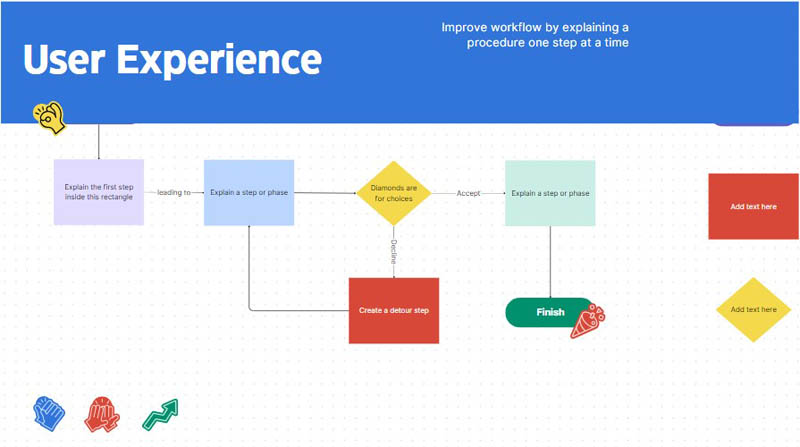
Website Design and User Experience
Importance of Intuitive Design
Intuitive design in ecommerce is crucial as it directly influences user engagement and retention rates. A well-thought-out design facilitates smooth navigation and makes it easy for users to find what they are looking for, thus significantly reducing frustration and abandonment rates. This essential component not only assists in maintaining existing customers but also attracts new ones by ensuring a pleasant browsing experience.
Tips for Enhancing the User Interface
To enhance your user interface, start by ensuring that your design is responsive across all devices. Use consistent, familiar layout patterns that help users navigate your site intuitively. Simplify the checkout process and keep user input minimal. Incorporate clear, actionable calls to action and ensure that your search functionality is robust and yields relevant results. Visual hierarchy is key—use color, contrast, and spacing to guide visitors’ attention to the most important elements.
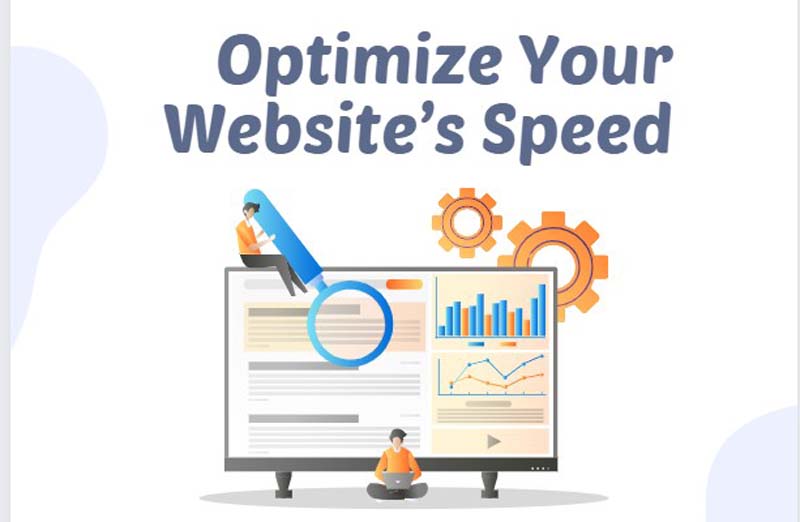
Optimize Your Website’s Speed
Impact of Loading Time on Conversions
Website speed is a critical factor in ecommerce success; slow loading times can significantly hinder conversion rates. Studies show that a delay of even a few seconds can cause a substantial drop in customer satisfaction, increase abandonment rates, and decrease overall sales. Speed is a part of the user’s first impression, influencing their perception of your brand’s reliability and quality.
Tools and Techniques for Speeding Up Your Website
To improve your website’s speed, consider several key techniques: Compress images and videos to reduce their load time without compromising quality. Utilize browser caching to allow repeat visitors to load your website faster. Implement content delivery networks (CDNs) to distribute the load, reducing the latency by serving your site from the closest server to the user. Minify CSS, JavaScript, and HTML to eliminate unnecessary characters from code. Regularly monitor your site’s speed using tools like Google PageSpeed Insights, GTmetrix, and Pingdom.

Product Presentation and Photography
Role of High-Quality Images in Conversion
High-quality images are essential in ecommerce because they provide the first, and often most impactful, impression of your products. Clear, detailed photos help bridge the gap between online shopping and the tangible, physical shopping experience. They play a crucial role in a customer’s decision-making process, offering a visual confirmation that assists in overcoming hesitations and driving conversions.
How Ghost Mannequin Photography Enhances Product Visibility
Ghost mannequin photography is particularly effective in apparel ecommerce as it allows products to be presented in a lifelike form without any distractions, showing how they fit and flow on an invisible human form. This technique, as detailed in the guide on mastering ghost mannequin photography for clothing brands, enhances product visibility and can lead to a higher perceived value and increased sales. By providing a clear view of the product from multiple angles, potential customers can better visualize themselves wearing the apparel, thus increasing the likelihood of purchase.
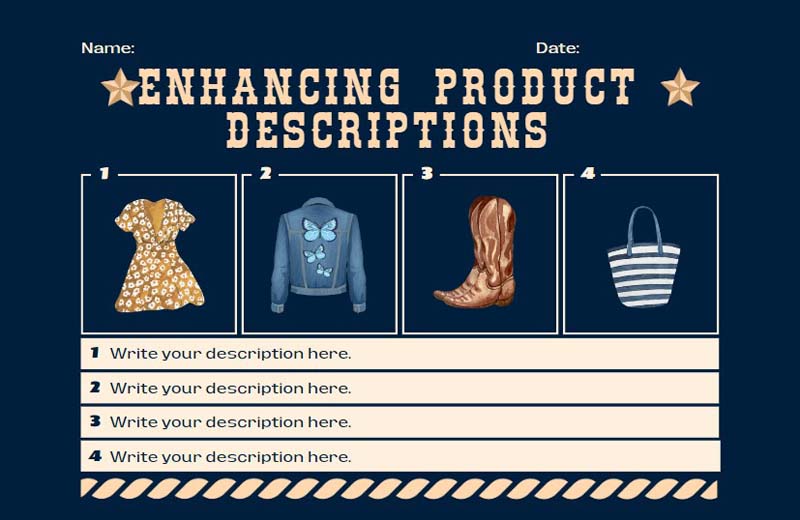
Enhancing Product Descriptions
Writing Compelling Product Descriptions
Compelling product descriptions do more than just describe; they sell by telling a story. Each description should articulate the benefits of the product, addressing the customer’s needs and how the product can meet them. Use vivid, sensory words that evoke imagery and emotion, persuading customers by painting a mental picture of the product in use.
Using SEO to Boost Visibility
Optimize your product descriptions with targeted keywords to enhance your visibility in search engine results, driving more organic traffic to your site. However, the key is to integrate these keywords naturally within descriptive, engaging text. Remember, SEO should enhance the user’s experience, not detract from it. Tools like Moz, Ahrefs, and SEMrush can offer insights into the most effective keywords and phrases for your products and industry.
By focusing on these strategies, ecommerce businesses can significantly enhance their online presence and conversion rates, ensuring that every aspect of the user experience is optimized for sales and customer satisfaction.
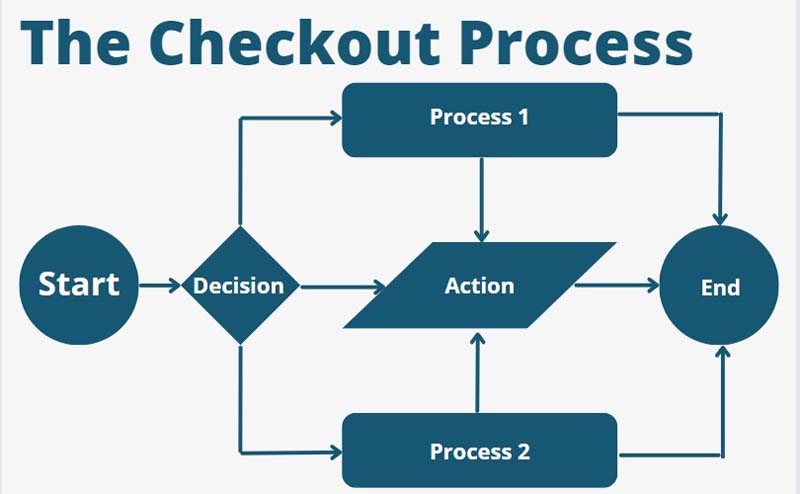
The Checkout Process
Simplifying the Checkout Process
A streamlined checkout process is essential for boosting ecommerce conversion rates. Simplification involves reducing the number of steps to purchase, eliminating mandatory account creations, and minimizing the amount of information customers need to input. Opt for a clean, clear, and concise layout with a visual progress indicator to show customers exactly where they are in the process. By making the checkout as effortless as possible, you significantly lower the potential for cart abandonment and increase the likelihood of completing a sale.
Reducing Cart Abandonment Rates
Reducing cart abandonment rates requires understanding the common reasons why users leave without purchasing. Strategies to mitigate this include sending reminder emails for abandoned carts, offering guest checkout options, displaying security seals, and ensuring transparency in pricing to avoid last-minute surprises. Additionally, providing multiple payment options caters to a broader audience, accommodating their preferred payment methods.
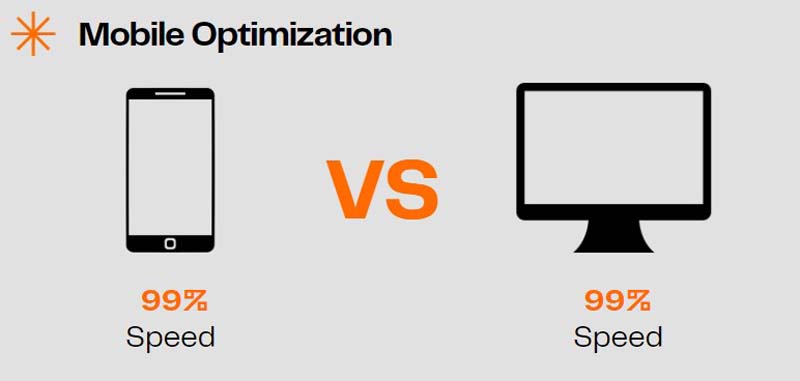
Mobile Optimization
The Importance of Mobile-Friendly Designs
With an increasing number of consumers shopping via smartphones, mobile optimization is no longer optional but a necessity. A mobile-friendly design ensures that your online store is accessible and navigable on all devices, providing a consistent user experience. This adaptation not only caters to the mobile shopper’s needs but also contributes positively to search engine rankings.
Mobile Optimization Techniques
To optimize for mobile, start by implementing responsive design—this ensures your site adjusts seamlessly to any screen size. Focus on optimizing images and dynamic elements to load quickly and correctly on mobile devices. Use large, finger-friendly buttons and keep menus simple and accessible. Regular testing on various devices helps catch and resolve any mobile usability issues, ensuring all elements function correctly across different screen sizes and operating systems.
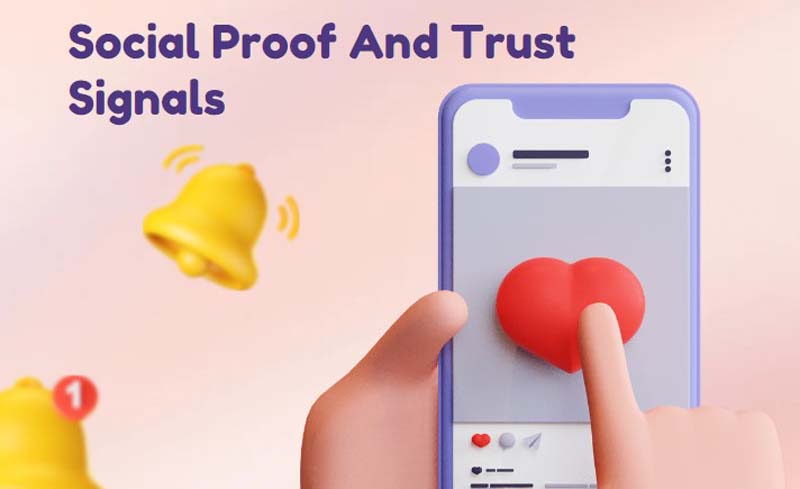
Social Proof and Trust Signals
Leveraging Reviews and Testimonials
Incorporating social proof through customer reviews and testimonials can significantly influence purchasing decisions. Displaying these elements prominently on your product pages and during the checkout process reassures potential buyers of the quality and reliability of your products. Positive reviews build a foundation of trust and credibility, essential in converting new visitors into customers.
Importance of Trust Badges and Secure Checkout
Trust badges and secure checkout processes are critical in assuring customers of the security of their personal and payment information. Display recognized security badges like SSL certificates, Norton Secured, and Truste to communicate that your site is safe and that all transactions are protected. This not only helps in reducing hesitations associated with online payments but also enhances the overall credibility of your ecommerce store.
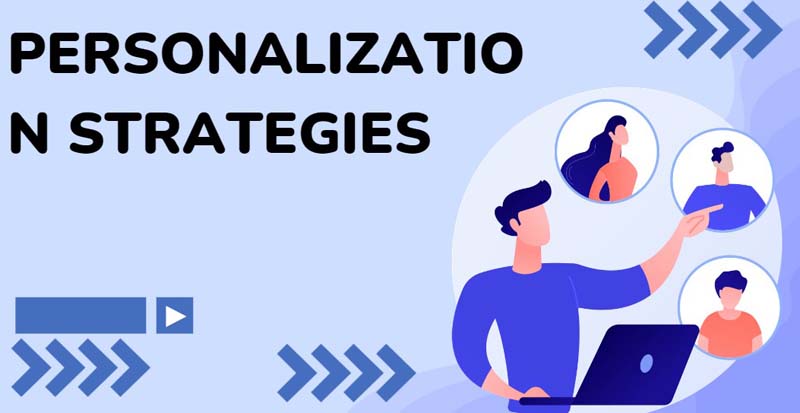
Personalization Strategies
Implementing Personalized Recommendations
Personalized recommendations leverage user data to suggest products that are relevant to an individual’s preferences and previous shopping behavior. This approach can significantly enhance the shopping experience by making it feel unique to each customer, thus increasing the likelihood of a purchase. Implementing these recommendations requires robust data analysis and machine learning algorithms to accurately predict and display products that appeal to individual tastes.
Benefits of Personalized Marketing
Personalized marketing elevates the customer experience by making interactions more relevant and engaging. It leads to higher engagement rates, increased customer loyalty, and ultimately, more sales. Personalization strategies include targeted emails, customized promotions, and user-specific content. By addressing customers by name and offering tailored suggestions, businesses can foster a deeper connection and encourage repeat purchases.
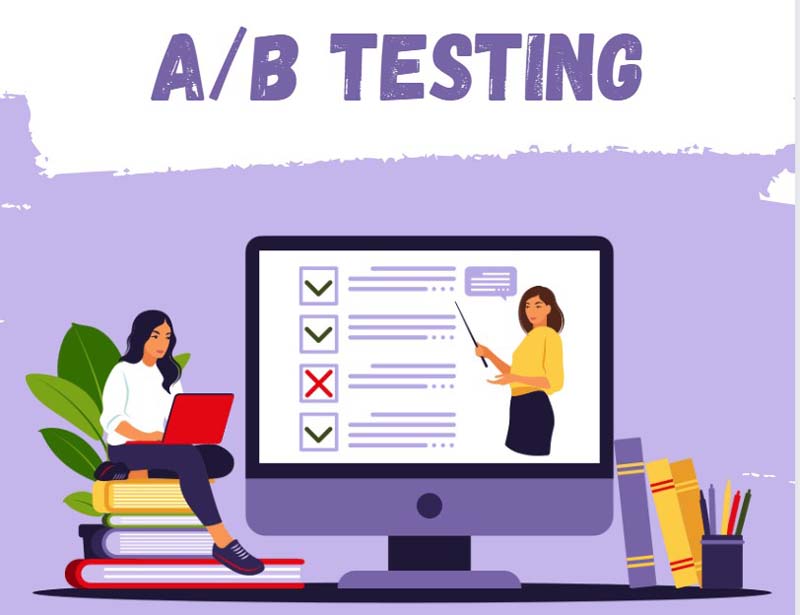
A/B Testing
What is A/B Testing?
A/B testing, also known as split testing, is a method of comparing two versions of a webpage or app against each other to determine which one performs better. This technique allows businesses to make careful changes to their user experiences while collecting data on the results. The goal is to identify and implement elements that significantly increase or maximize conversion rates.
How to Conduct A/B Testing Effectively
Effective A/B testing involves selecting one variable to test at a time and running the experiment until statistically significant results are obtained. This could be anything from the color of a call-to-action button to the layout of product pages. It’s crucial to ensure that each test is well planned and that the target audience is large enough to provide meaningful data. Use A/B testing tools like Optimizely, VWO, or Google Optimize to manage your tests and analyze the results.
By carefully implementing these strategies, ecommerce businesses can significantly improve their user experience and conversion rates, leading to greater customer satisfaction and increased revenue.
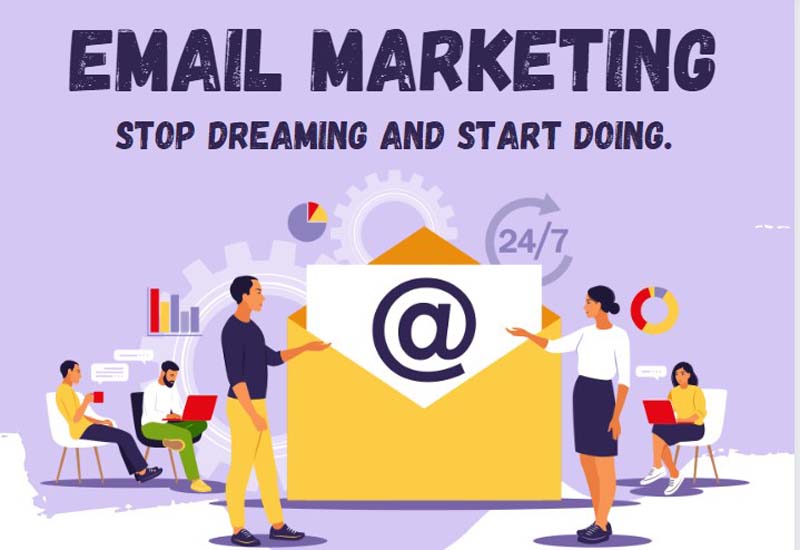
Email Marketing Optimization
Enhancing Email Campaigns
To enhance your email campaigns, focus on personalization and segmentation. Tailor your messages based on user behavior, demographics, and purchase history to make them more relevant and engaging. Design responsive emails to ensure they look good on any device, and use compelling subject lines to increase open rates. A/B testing different elements of your emails, such as the call to action, can also lead to better performance and higher conversion rates.
Strategies for Effective Email Marketing
Effective email marketing revolves around delivering value and timing. Implement automation to send emails at critical points in the customer journey, such as welcome emails, post-purchase follow-ups, and re-engagement campaigns. Utilize analytics to monitor open rates, click-through rates, and conversions to continually refine your approach. Consistently provide valuable content that educates, entertains, or offers discounts to keep subscribers engaged and eager to open each email.
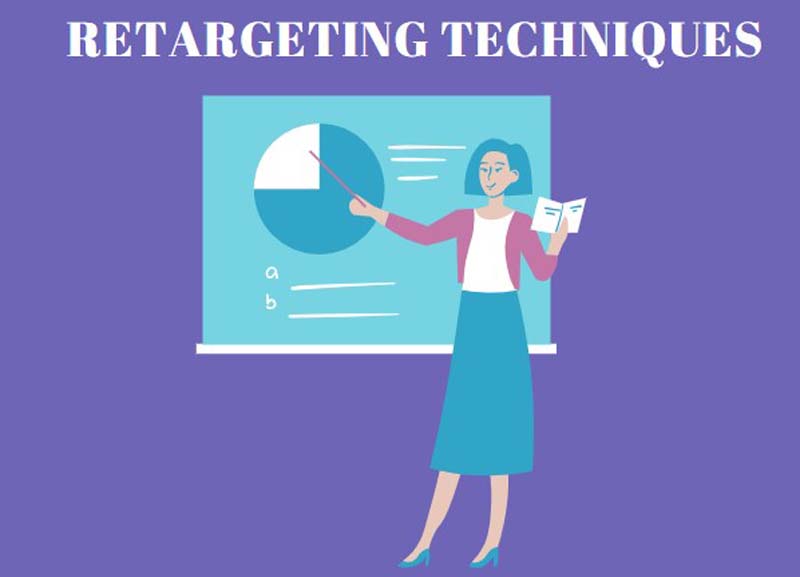
Retargeting Techniques
The Concept of Retargeting
Retargeting is a powerful online marketing technique that targets users who have previously interacted with your website but did not make a purchase. By displaying relevant ads across different platforms they visit later, retargeting helps remind and persuade these potential customers to return to your website and complete their purchase.
Best Practic es in Retargeting for Ecommerce
To effectively implement retargeting, segment your audience based on their behavior—such as those who abandoned carts or those who viewed certain products but did not buy. Tailor your ads to address the reasons they might have hesitated, offering something compelling like a discount or a free shipping code. Ensure your ads are visually appealing and align with the branding and messaging of your site to reinforce familiarity and trust.
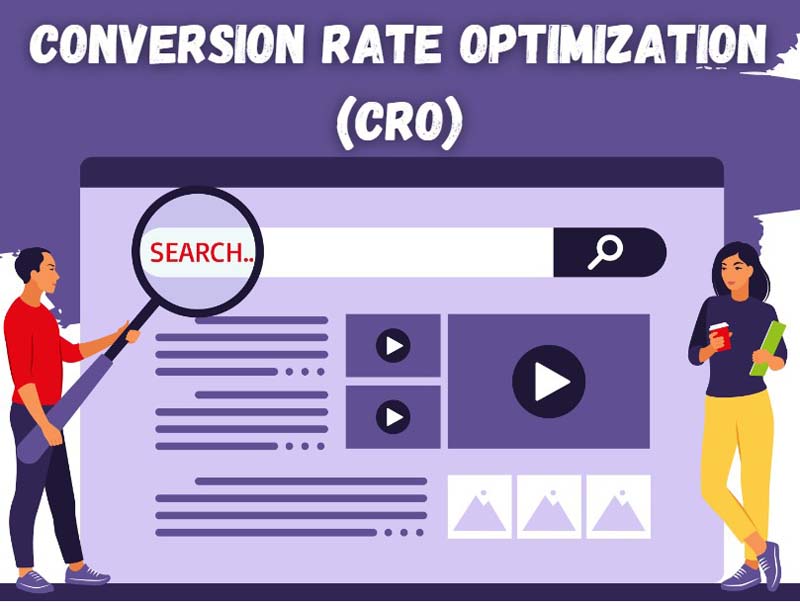
Conversion Optimization Tools
Top Tools for Enhancing Conversion Rates
Several tools can help enhance your ecommerce conversion rates. Google Analytics offers deep insights into user behavior and conversion paths. Heatmapping tools like Hotjar or Crazy Egg provide visual representations of where users click, scroll, and spend time on your page. Optimizely or VWO are excellent for A/B testing different elements on your site to see what works best.
How to Choose the Right Tools for Your Business
Choosing the right tools depends on your specific needs and budget. Start by identifying the key metrics you need to improve. For analytics and data insights, consider tools like Google Analytics or Mixpanel. For testing and optimization, look at solutions like Optimizely. Consider integration capabilities with your existing tech stack and the scalability of tools as your business grows.

Learning from Competitors
Analyzing Competitor Strategies
Keep a close eye on your competitors by analyzing their website, marketing tactics, and customer service approaches. Tools like SEMrush or Ahrefs can help you understand their SEO strategies and traffic sources. Observing their sales processes and customer journey can provide insights into what might or might not be working in your industry.
Adopting Best Practices from Industry Leaders
Adopting best practices from industry leaders involves more than just copying what seems to work for them. It’s about understanding the underlying strategies that contribute to their success. This could include their approach to customer engagement, their use of technology, or their customer service standards. Implement these practices in a way that aligns with your brand identity and values to enhance your unique selling proposition.

Innovative Tactics to Drive More Sales
Exploring New Tactics for Boosting Sales
Stay ahead of the curve by exploring innovative sales tactics. This could involve using advanced technologies like AI to personalize user experiences, implementing dynamic pricing strategies, or leveraging emerging social media platforms for marketing. Constantly testing new approaches will help you find what best resonates with your target audience.
Case Studies of Successful Strategies
Look at case studies from businesses that have successfully implemented innovative tactics. For instance, how a particular brand used VR to enhance the online shopping experience or how another used chatbots to improve customer service and drive sales. Analyzing these case studies can provide actionable insights and inspire new strategies for your business.
By adopting these strategies and continually refining them, ecommerce businesses can effectively increase their conversion rates and drive more sales, ensuring long-term growth and success in a competitive market.
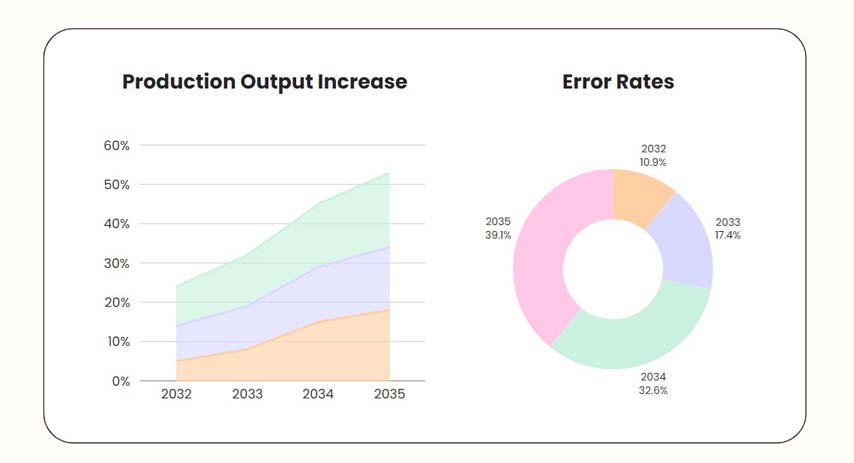
Regular Updates and Continuous Improvement
The Importance of Keeping Your Site Updated
Regular updates to your ecommerce site are crucial for maintaining security, improving user experience, and enhancing functionality. An outdated site can lead to vulnerabilities, bugs, and a decline in user engagement. Keeping your site updated ensures that you leverage the latest technologies and trends, which can significantly improve the performance of your ecommerce platform and keep it competitive.
Continuously Improving Your Strategies
The digital landscape is constantly evolving, making continuous improvement an essential strategy for ecommerce success. This involves regularly reviewing and adjusting your marketing strategies, website design, product offerings, and customer service practices. Use analytics to track performance and gather customer feedback to inform your improvements. This iterative process helps you adapt to changes in consumer behavior and market conditions, ensuring sustained growth.

Legal and Ethical Considerations
Ensuring Compliance with Laws and Regulations
Ecommerce operations are subject to various laws and regulations that govern online business activities. These may include data protection laws like GDPR, consumer rights laws, and e-commerce specific regulations. Ensuring compliance helps avoid legal penalties and builds trust with your customers. It’s crucial to stay informed about relevant laws and implement necessary changes to your operations and policies.
Ethical Considerations in CRO
Conversion rate optimization should also consider ethical implications. Practices such as misleading users through “dark patterns,” manipulating reviews, or invasive tracking should be avoided. Ethical CRO focuses on transparency, respect for user privacy, and providing genuine value to customers. Maintaining high ethical standards not only enhances your brand’s reputation but also fosters a loyal customer base.
Conclusion
How To Increase Ecommerce Conversion Rate?
Summarizing Key Points
To increase your ecommerce conversion rate, focus on optimizing every aspect of the user experience—from the initial website design and user interface to the checkout process and customer follow-up. Implement personalization strategies, leverage social proof and trust signals, and continually test and improve your tactics. Regular updates and ethical practices are also crucial to maintain trust and compliance.
Encouraging Ongoing Optimization Efforts
Improving ecommerce conversion rates is an ongoing process that requires dedication and adaptability. Regularly explore new tools and technologies, stay updated on best practices and market trends, and always be prepared to pivot your strategies based on performance data and customer feedback. Remember, the goal is to not only attract new customers but also to create an engaging and seamless shopping experience that encourages repeat business and enhances customer loyalty.
By adopting these comprehensive strategies, you can ensure that your ecommerce operation not only survives but thrives in the competitive digital marketplace.
How Outsourcing Photo Editing Boosts Your Business
In the fast-paced digital age, the visual representation of your business is paramount. High-quality images…
How to Plan the Perfect Mommy and Me Photoshoot
beautiful mother and daughter in white dresses sitting back to back and smiling at camera…
Wedding Party Photos: Trends to Try in 2024
Wedding Party Photos: Trends to Try in 2024 Embracing New Trends in Wedding Party Photos…
How to Increase Ecommerce Conversion Rate?
How to increase ecommerce conversion rate? Introduction Overview of Ecommerce Conversion Rates Ecommerce conversion rates…
How to Edit Passport Size Photo? Like a Pro: From Snap to Official Stamp
Choosing the Right Tools for Editing Understanding Different Editing Tools When it comes to editing…
How to Fix Blurry Photos in Photoshop? 2 Minute Fixes!
How to Fix Blurry Photos in Photoshop? 2 Minute Fixes! Introduction Uh oh, just downloaded…





